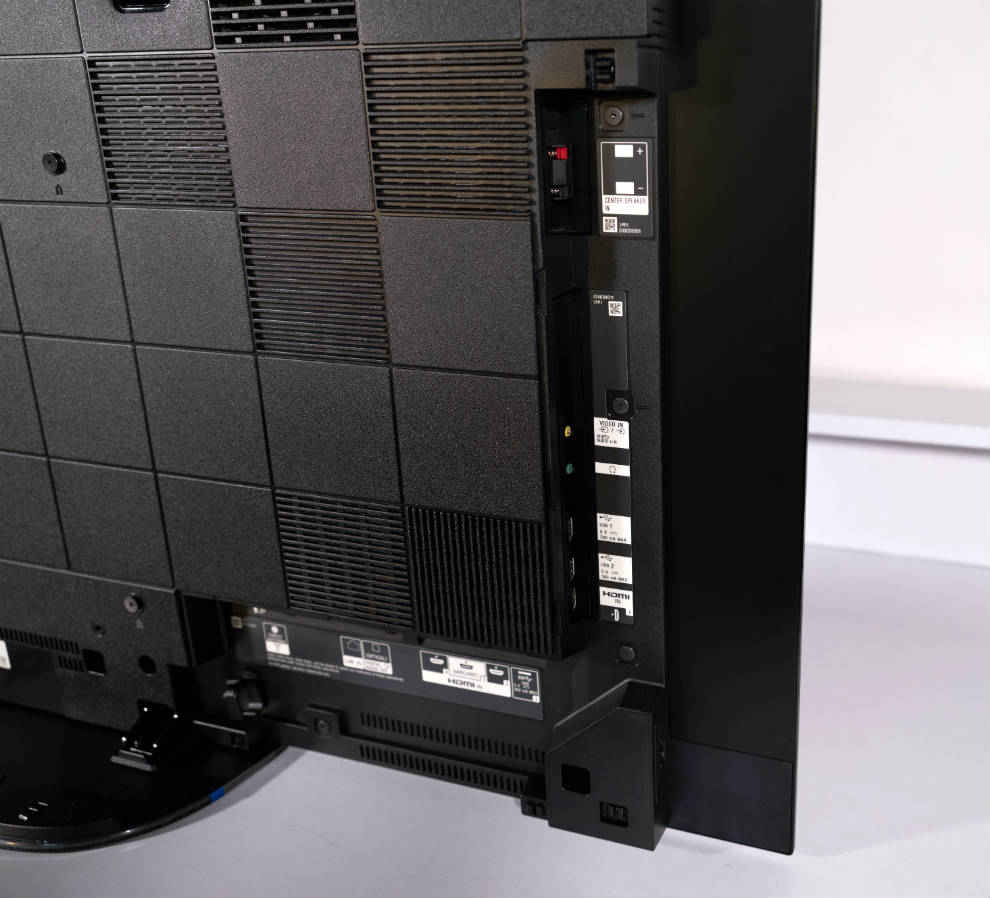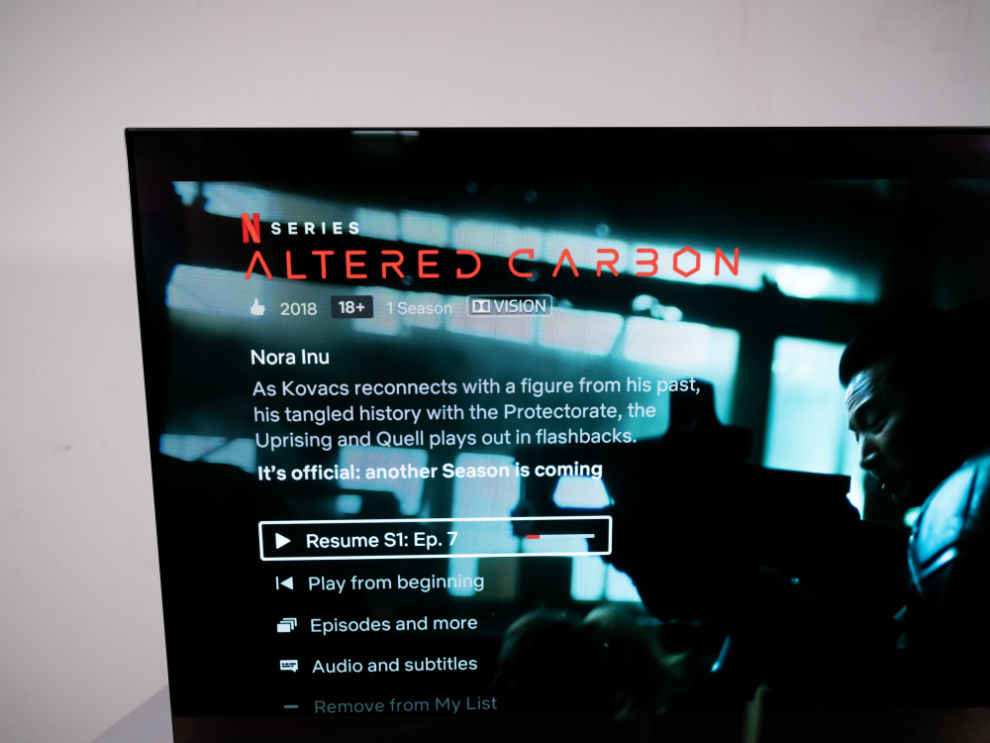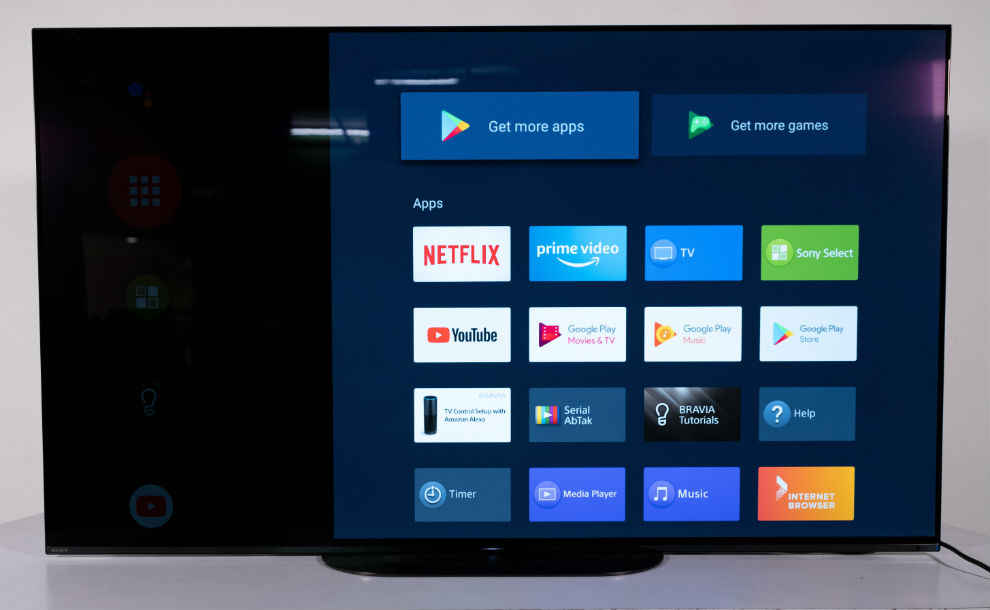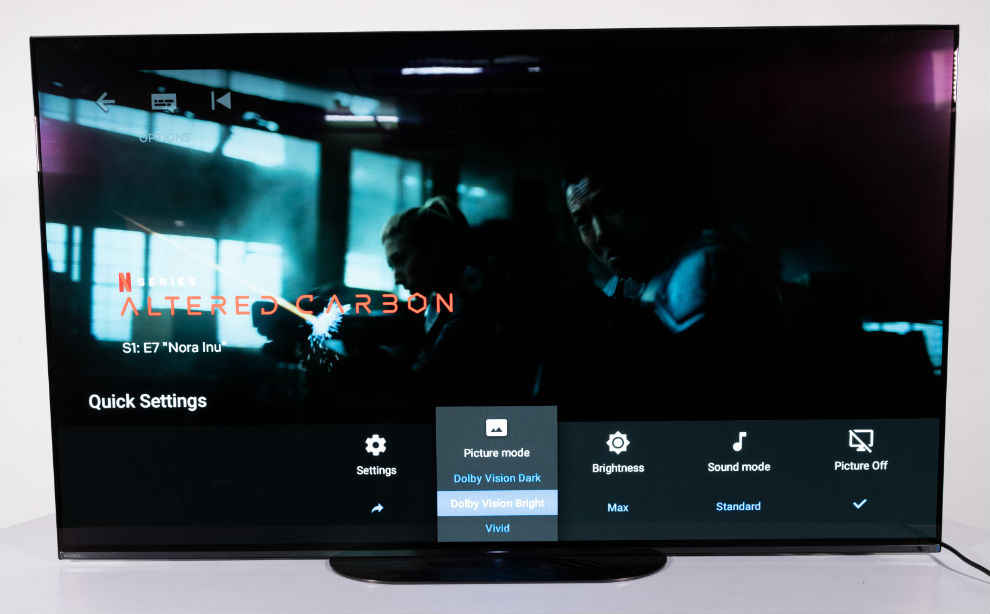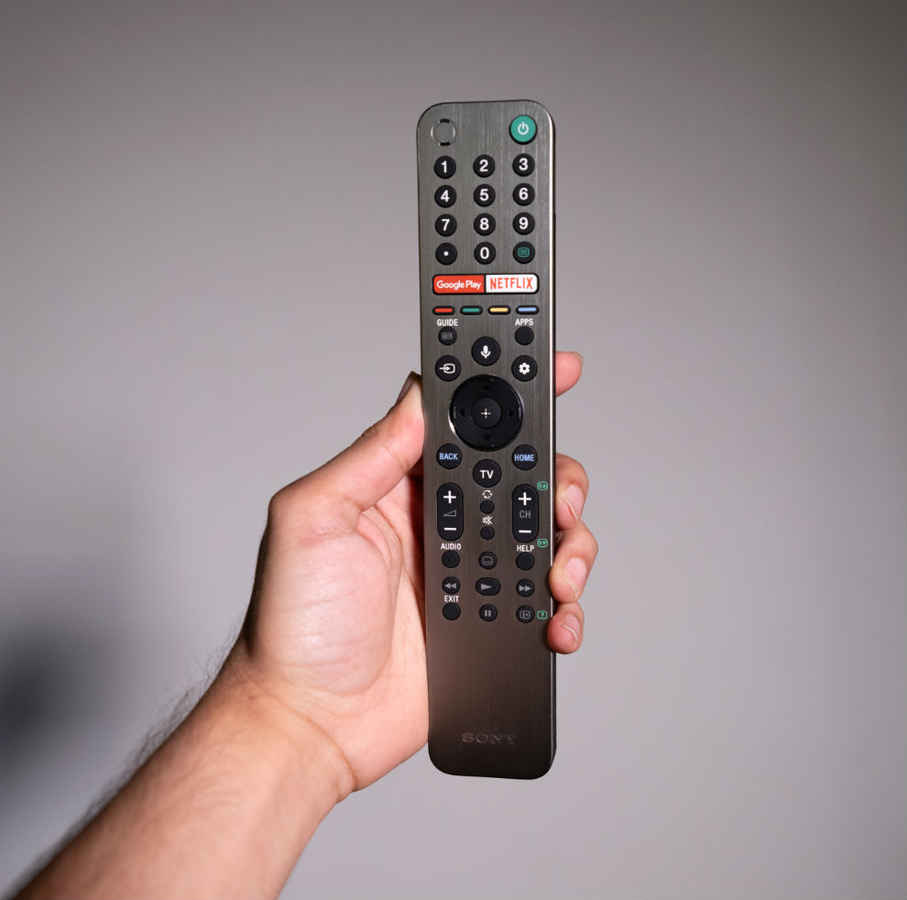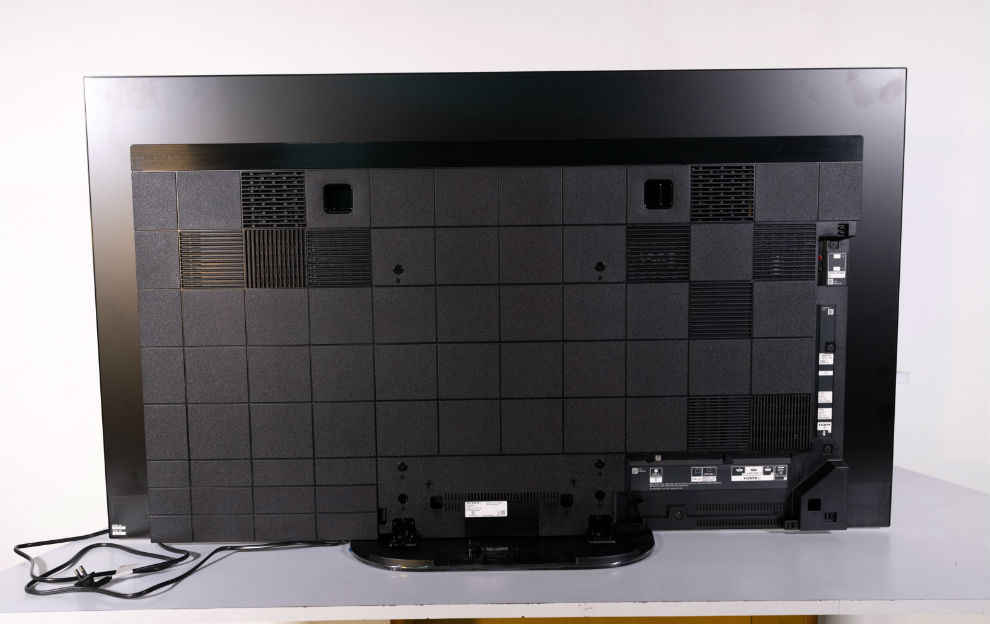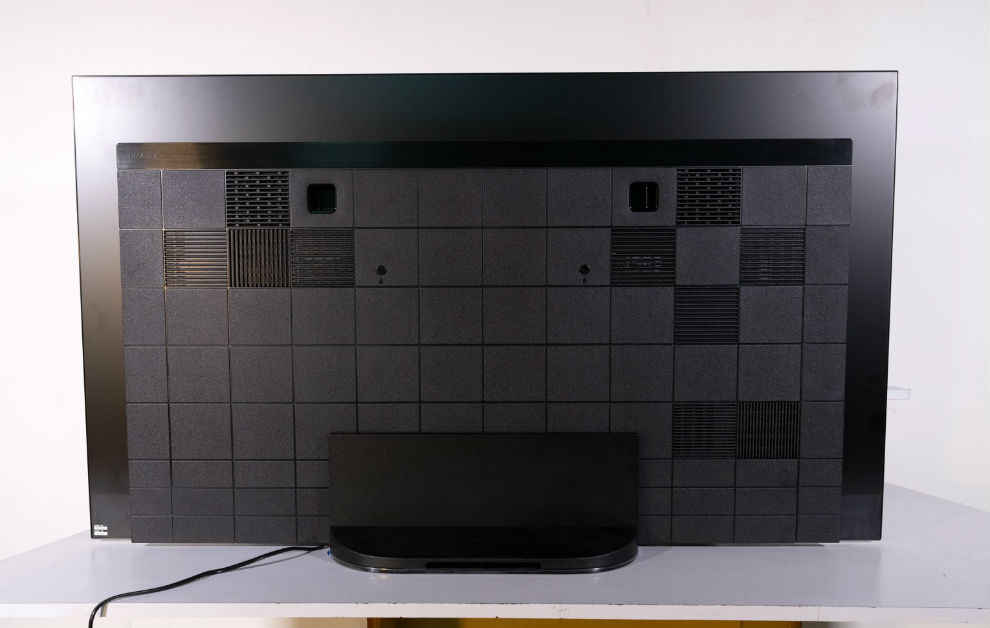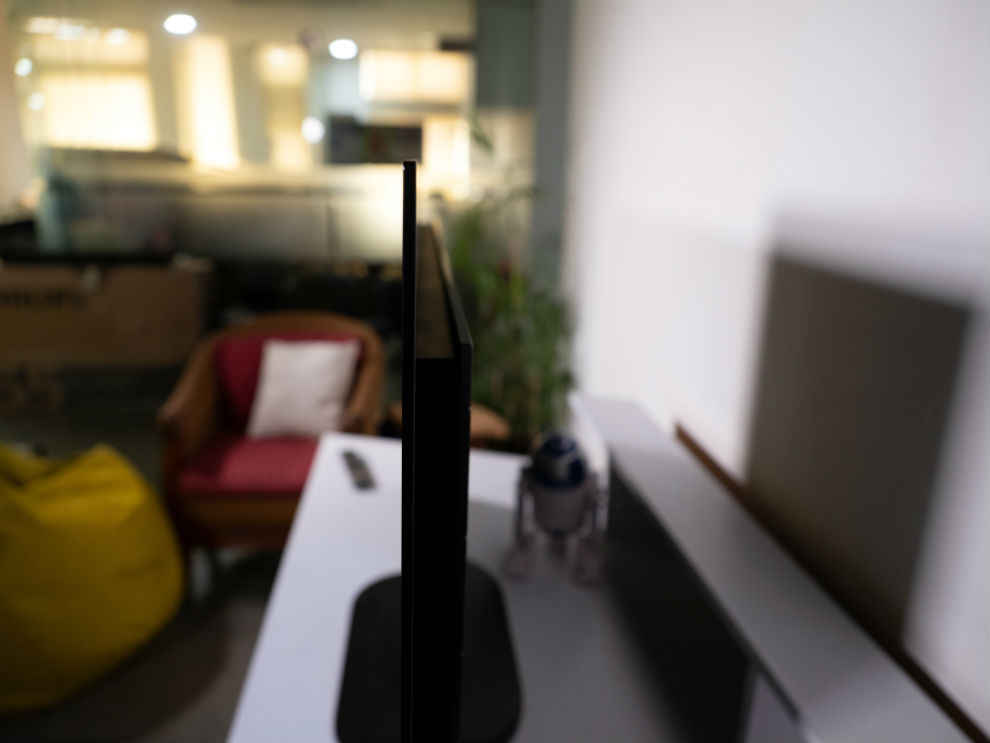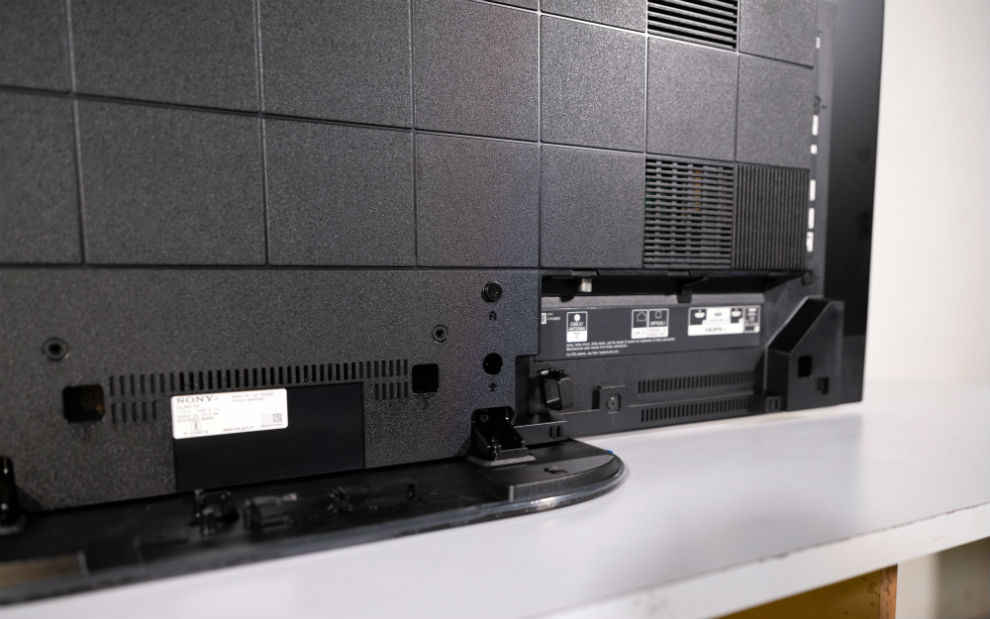Sony A9G 55-inch 4K HDR OLED TV Review : A sight to behold!
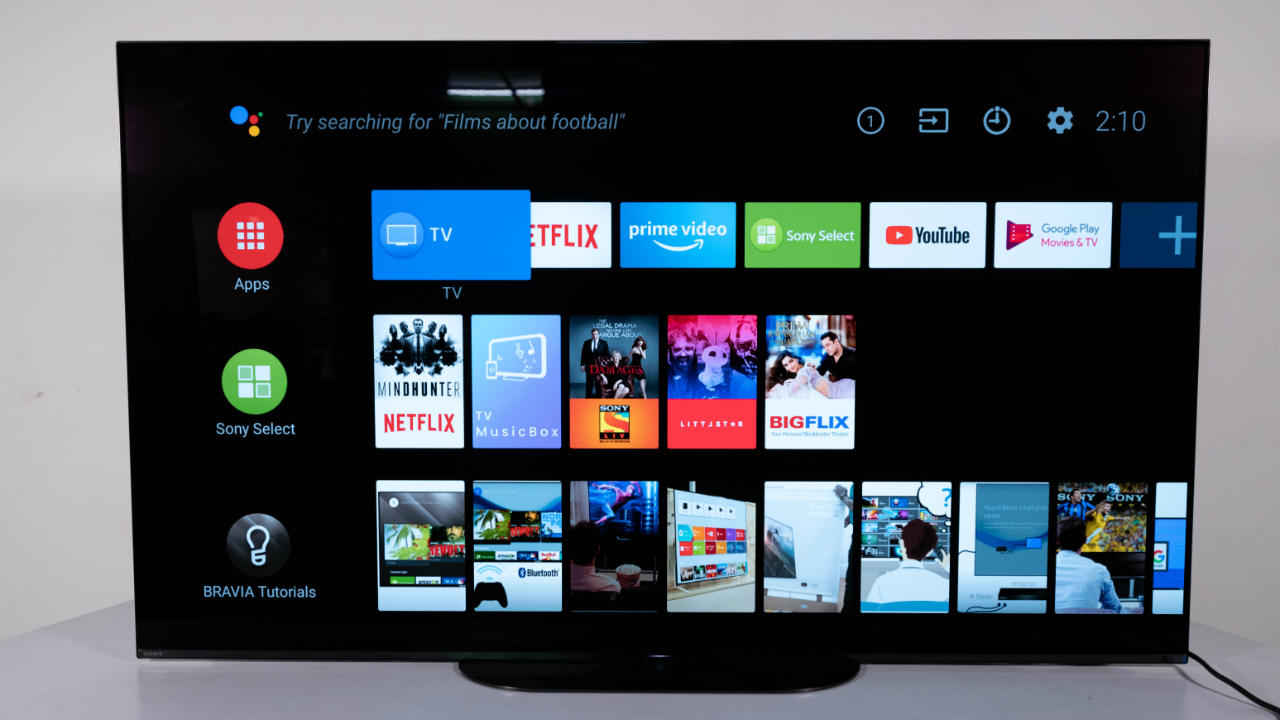
The Sony A9G is a fantastic premium OLED TV and a worthy consideration for those looking for a premium OLED TV. It has a bright rich display for consuming content and gaming. The UI is fluid, features are plentiful and audio is acceptable for TV viewing.
OLED TVs have been around for a few years now and 2019 is the first time we have seen a brand launch an OLED TV under the Rs 1,00,000 price point. Whether that TV is a game-changer for the market is something we will know when we review it. Until then, we have the Sony’s 2019 flagship, the A9G. The OLED TV is a sight to behold and brings with it an interesting feature set. Is it one that deserves your attention, though?
Specs at a glance
Panel Size: 55-inch (available in 65-inch as well)
Panel Type: OLED
Panel Resolution: 3840 x 2160 – 4K
Panel Refresh Rate: 120Hz
HDR 10 support: Yes
Dolby Vision Support: Yes
Weight (with stand): 22.3kgs
HDMI Ports: 4
USB Ports: 3
Bluetooth: Yes
Wi-Fi: Yes
Ethernet: Yes
Built-in storage: 16GB
Price: MRP Rs 2,99,900
Display and picture quality
Let’s dive into the thing that matters the most first – display and picture quality. The Sony A9G has an OLED panel with support for 4K resolution along with HDR 10 and Dolby Vision support. It also has a 'Netflix Mode', which first launched when Sony introduced the Master Series of TVs. Just like the Sony TVs we’ve tested in the past, the TV brings with it Dolby Vision Bright and Dolby Vision Dark for HDR content. Considering the panel on the TV is an OLED panel, one does not need to worry about the viewing angles. OLED panels are quite reflective, so if you use the TV in a brightly lit room, then this is one thing you may want to keep in mind. We will run through all of this in the sections below.
4K and HDR performance
The A9G has the same X1 Ultimate chip powering it like the 2018 Sony OLED, the A9F. Honestly, it would take a keen eye to notice the difference between the two. So, if you are contemplating which of the two is for you, it will not be based on the performance of the picture processor but the features the TV brings. More on that in a bit.
Coming to the visuals, firing up our test sequences of Altered Carbon using the built-in Netflix app and the first frame immersed me. In season 1 episode 7 there is a fight sequence that switches between slow motion and fast-paced action in a warehouse littered with dark corners and sunlight coming through the roof. The dynamic range and peak brightness in these situations make the content look immersive while the details are well preserved. If you watch this sequence in a pitch dark room, then the deep blacks, courtesy of the OLED panel are a treat. Needless to say, every detail stands out in each frame vividly. If there is light coming into the room, I suggest using the Dolby Vision bright setting to make the highlights slightly brighter while still retaining details.
Other HDR content including Daredevil, Love Death + Robots and more exhibited the same amount of detail in every scene they presented. The details in every frame of the content held my attention. The only question in my mind is how well does the LG C9 hold its own against this TV and we will comment on that when we get the C9 in for review.
FHD performance
We played a lot of FHD content from the TV like Wonder Woman, Young Sheldon, and more and FHD content is presented beautifully as well. The scenes in Young Sheldon look bright, and the facial features of the characters are visible with a lot of details. Even Wonder Woman, with is war-torn gritty environments was a treat.
Gaming performance
Our trusty Xbox One X was our console of choice and we played the following games. Forza Horizon 4, Doom and Gears of War 4. Here’s the thing, Gears of War 4, which is a 4K HDR game, is a benchmark for the gaming performance of the TV. After playing Gears 5 (read our review here), which is also a 4K HDR game and a benchmark for HDR performance, we were itching to try it on this TV, but sadly, the TV left our labs before we could do so.
In Doom, which is a game in 4K but SDR, the surface of Mars looked dusty orange as it is supposed to. Sometimes when Doom loads a new area, you can see textures pop in. The pop-in was so evident in some sections that it is a testament to the TVs ability to render sharp details up close.
Just like the X95G that we reviewed earlier (read our review of the X95G here), the A9G also supports eARC and all the ports are HDCP 2.3 compatible. So, if you are looking to invest in an eARC enabled soundbar or home theatre, then you are good to go with this TV. With eARC, consumers will be able to get DTS-X and Dolby Atmos audio from the TV to compatible audio gear.
Audio performance
Sony’s Acoustic Surface technology makes an appearance here as well and is one of the better sounding TV speakers that we’ve tested. Dialogue is clear, music is enjoyable but the overall punch is missing, especially during action movies or games. Sure, when you watch regular TV or TV shows, you should be fine with the speakers on the TV. They sound a lot better than what we have seen on TVs around the Rs 1,00,000 to Rs 1,50,000 price point.
UI
Sony has been helming Android TV OS since the beginning of Smart TVs and the A9G is running on Android TV 8, the exact same as the X95G. The overall experience is butter smooth. There was not one moment, be it when gaming on a console, streaming using the native apps or when logging into the play store that the UI didn't respond. It works very smoothly. One of the best things about the Sony TV is to switch it on and off by simply using your voice. Know that this will only happen when you keep the TV in standby mode. But it is really cool if you don't know where you left the remote control and want to start using the TV. It is a brilliant feature and one that others need to implement.
There are some subtle changes to the UI, again, exactly the same we saw on the X95G. If you want to change sources, picture or audio settings, you don't need to pull up the right side navigation bar to hamper the viewing experience. For basic setting changes like picture mode, audio, source and more, a small strip comes up at the bottom of the display and it is easy to navigate through. You can add certain settings you'd like to change to this bar at the bottom making it easier for you to change your most frequently used settings.
Remote control
We get the upgraded remote control with the A9G as well. It comes with a textured back giving it a good grip. The buttons are well spaced and have a nice rubbery click to them. If you grip the remote in the centre, you will have access to most of the functions within the reach of your thumb. Unlike the LG TV UI, Sony’s TV remote still doesn't have a mouse feature and typing is still manually navigating the onscreen keyboard, but you can use the Android TV app on your smartphone to make the typing process easier. Since passwords for apps like Netflix, Prime Videos and more can be saved in your Google log-in, logging into the TV once ensures all your streaming service apps are up and running without the need to log in again and again.
Build and design
Finally, let's talk about the build and design of the TV. The TV is slim with the bulger at the back housing the connectivity options and the motherboard of the TV. The placement of the ports is pretty standard. They are all on the right side of the TV. At the back, we have the antenna port, LAN port, optical audio port, three HDMI ports (one of which is eARC) and one USB port. On the right side, we have one HDMI port, 2 USB ports, headphone port and the Video-In port. The beauty of this TV is the cable management it brings with it. The back has modular panels which are essentially plastic covers which can be pulled out and the cables can be managed through them, out the base stand to ensure you get a clean setup. For those of you that want a clean cable set up with your TV, this is definitely one thing you will love.
Coming to the bezels, the TV has really slim bezels which do not interfere with the viewing experience. There is a small white LED at the bottom of the TV but you can control its intensity in the TVs UI. It is not a hindrance when watching TV.
If you decide to put the TV on a tabletop, know that there is no space between the base of the TV and the table to house a console or a soundbar. The TV sits flush when kept on a tabletop. So this is one thing to consider when setting up the TV in your home entertainment centre.
Bottom Line
The Sony A9G is a flagship OLED TV to consider. There is little one can say in terms of cons for the TV. The only one I can think of is that it sits flush when kept on a tabletop but that is something one only thinks of when aesthetically placing the TV. But here is the question to answer, which Sony 2019 flagship, namely the X95G or the A9G is the one for you? Well, if you watch TV in a well-lit room, then go for the X95G as the VA panel does a slightly better job of reflection handling. But, if you watch TV in a relatively dark room and are looking for a cinematic experience, then the A9G is the way to go.
Sameer Mitha
Sameer Mitha lives for gaming and technology is his muse. When he isn’t busy playing with gadgets or video games he delves into the world of fantasy novels. View Full Profile

